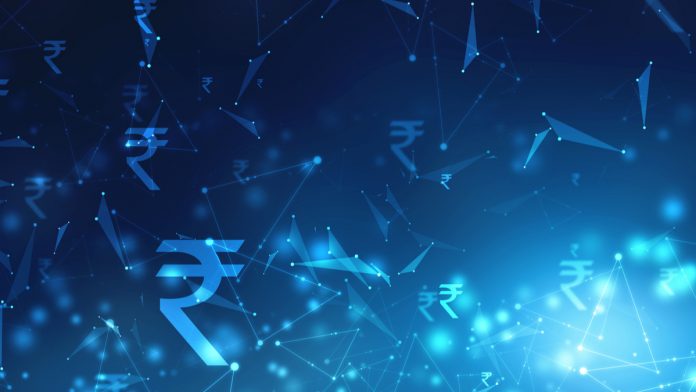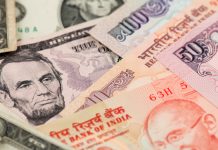- Indian Rupee (INR) slips despite the risk-on mood
- China data beats forecasts
- US Dollar (USD) falls versus major peers
- US consumer confidence data is due
The US Dollar Indian Rupee (USD/INR) exchange rate is rising for a third straight day. The pair rose +0.09% yesterday, settling on Thursday at 83.01. At 10:30 UTC, USD/INR trades +0.04 at 83.03 and trades in a range of 83.02 to 83.07.
The Indian Rupee is struggling against the US dollar despite the upbeat market mood following stronger-than-expected data from China. Data from Asia’s largest economy revealed that retail sales rose at the fastest pace since April, and industrial production was also stronger than expected.
However, the rupee is also being capped by oil prices as West TX intermediate pushed above $90 a barrel for the first time this year, helped higher by the stronger-than-expected Chinese data and tight supply.
The US Dollar is rising against the Rupee but falling against major peers. The US Dollar Index, which measures the greenback versus a basket of major currencies, trades -0.2% at the time of writing at 105.20, snapping a three-day winning run.
The US dollar is falling versus its major peers after reaching a six-month high in the previous session.
A strong showing of U.S. economic data on Thursday added to evidence that the U.S. economy is proving to be more resilient than expected.
US retail sales rose by 0.6% month on month in August, down slightly from 0.7% in the previous month but well ahead of expectations of no .2%. Meanwhile, producer prices (PPI), which measure inflation at the factory gate, jumped 0.7%, the largest increase since June 2022.
While the data highlights the strength of the US economy, the markets didn’t upwardly revise expectations for a rate hike at the September meeting or in the November meeting. That said, the data does support the fed’s view of high rates for longer.
Looking ahead, attention now turns to U.S. consumer confidence data, which is expected to show that morale eased slightly to 69.1, down from 69.5. A stronger-than-expected reading would be considered a positive sign for the economy and higher consumer spending.





